The Gift of South Dakota
Subscriptions to South Dakota Magazine make great gifts!
Subscribe today — 1 year (6 issues) is just $29!
Let There Be Less Light
Here where I live, 25 miles south of the second largest town in South Dakota, I enjoy walking visitors outside at night. If they insist on taking a flashlight, I pocket it. They look up, gasp, and tell me they have never seen so many stars.
I may remind them the same stars light their sky.
We walk easily in darkness as visitors learn that tall prairie grasses seem to gather luminance from the stars, sprinkling it around our feet. With snow on the ground, the night is so bright we could run, or read a newspaper.
I’ve spent my happiest daylight hours on the prairie, working while surrounded by the unique native grasses, flowers, birds and wildlife. Night is a spiritual event, a pilgrimage to the sanctum sanctorum, the holy of holies.
Ambling through the dark, I hear the song of ancient grasses, redtop and big bluestem whispering to the stars that have shone here for millennia. Inhaling clean air, I exhale the day’s tensions. In summer, the rich ooze from a pond teases my nose with bouquets of growth and decay, flowers and mud. A duck squawks and splashes, perhaps escaping a prowling badger. Some nights, I can smell the badger’s musk as he lumbers along, swinging his head, sniffing for mice. His whistled signal to other badgers may set off a sleepy refrain from meadowlarks or redwing blackbirds, rippling through the dark. This is South Dakota, not the Serengeti; I know a mountain lion might hunt this darkness, and trust her instincts lead her to smaller prey.
Coyotes howl; a great horned owl hoots from the juniper trees, freezing a rabbit under a bush. A flock of grouse chuckles, alarmed. A deer flings her head up, her eyes like small moons, her soft ears swiveling to scoop sound from the air. When she leaps the fence, the top wire twangs against her hooves.
Looking up, I feel star heat, like a hand lightly brushing my forehead in blessing. On the prairie at night, who could doubt that the Creator of all this wonder is watching over us?
To the north, though, it looks as if each of Rapid City’s 70,000 citizens has a personal spotlight trained on the sky. Instead of directing light to the spots where visibility is needed at specific times, city street lights blaze upward all night long, wasting light and energy, interrupting the natural lives of animals, and profaning this cathedral of darkness.
West of my house stands a subdivision where families moved to escape the noise and bustle of the city, to enjoy the freedom, independence and beauty of country life. Each house is announced by its “security light.” If we look at those lights from a mile away, we are night-blinded.
As I give thanks for the life that makes my darkness pulsate with life, I feel sorry for the subdivision residents. Surely they moved here to love what I love, to experience the real prairie, yet all I can see is their fear. Properly directed and timed lighting could deter both thievery and the few dangerous animals, like mountain lions, which prowl past. Instead the misdirected lights create deep shadows where any predator could hide. Their security lights signal: “Hey! Here we are, rich enough to waste money on unnecessary lighting. The nearest law enforcement agency is thirty-five miles away on a winding road. Help yourself!”
We still have choices. If I hear suspicious noises, I switch on floodlights positioned to throw light where a predator might hide. When I turn them off again, the blessed darkness flows back.
Editor’s Note: Linda M. Hasselstrom lives and writes at Windbreak House near Hermosa. This story first appeared in the March/April 2010 issue of South Dakota Magazine. To order a copy or to subscribe, call 1-800-456-5117.


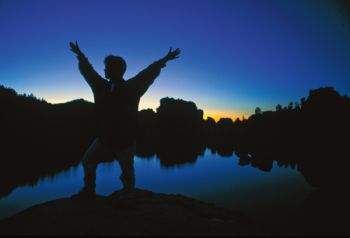
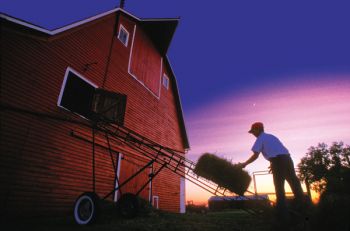
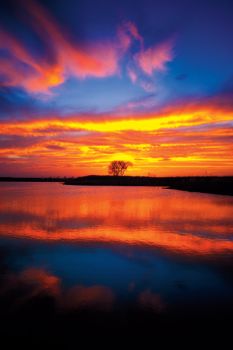
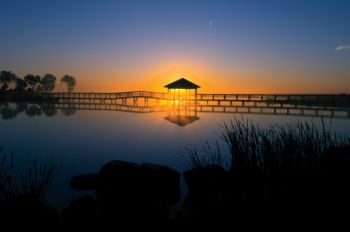
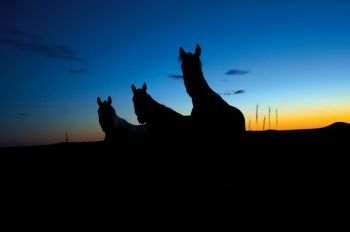
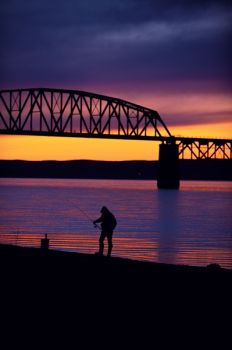
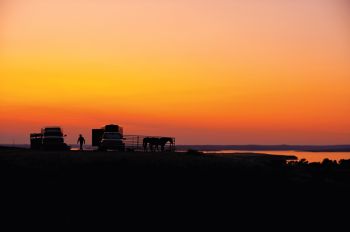
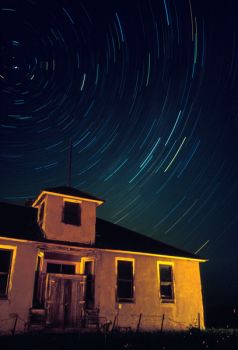
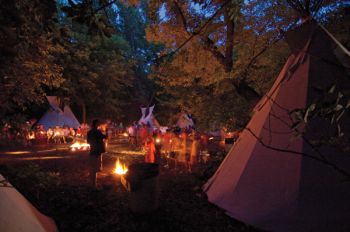
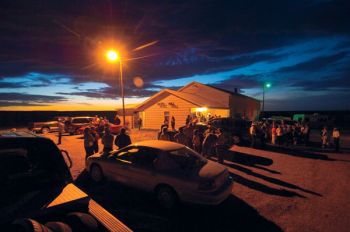
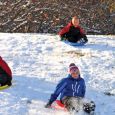

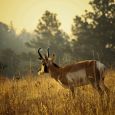

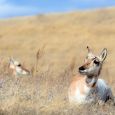



Comments
Thank you! :)